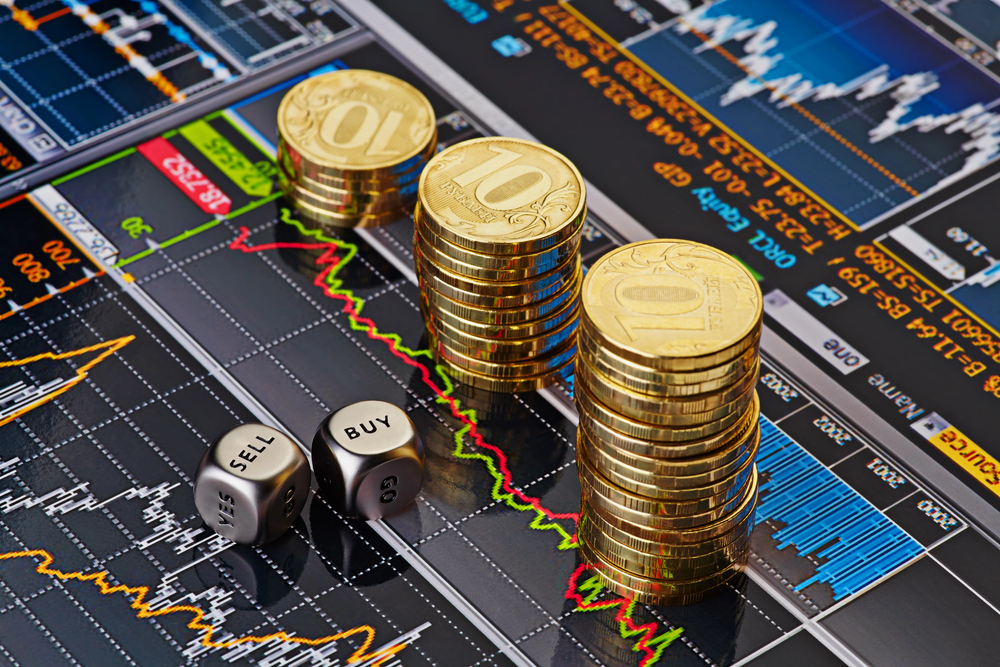Burnt orange as far as the eye can see.
That’s what it looks like right now here in Austin, Texas. We’re about to kick off the college football season with a massive game between the University of Texas Longhorns and the Ohio State Buckeyes.
My husband has been talking about this game for weeks. I’ve been dreading it for months. 😉
That’s because I have a love–hate relationship with football. On one hand, it’s time-consuming and basically steals my husband away from me for five months every year. But on the other hand, the deeper I dig into it, the more I realize just how many parallels there are between football and trading.
When Plays Look Like Price Patterns
When I first started dating my husband, I wanted to understand football better. (That’s what you do in the early days — lean into your partner’s passions.) I even bought a book called The Physics of Football to try and understand how refrigerator sized man carried out this American tradition.
It was fascinating. And it got me thinking about similarities in trading…
One of the first things I learned when I watched games with Srinu “Packers Fan” Reddy — was that the players weren’t just running around randomly. They were working from plays, each one a predetermined set of actions meant to lead to a specific outcome.
And my charting brain immediately lit up: this is just like a price pattern.
You expect A, B, and C to happen so you can get X, Y, Z as a result.
But of course, just like in trading, the ideal outcome isn’t guaranteed. Sometimes the ball makes it to the end zone. Other times, the runner gets tackled.
The setup can be planned — but the result still requires reaction to manage it.
The Predictive and the Reactive
Football helped me see something in trading that my father had introduced years before, when he first taught me about W.D. Gann’s work.
In every trading scenario— just like in every football game — there’s a predictive side and a reactive side.
- Predictive: the play call, the setup, the forecast
- Reactive: what actually happens, and how you respond to it
What struck me most was how seamlessly these two sides flow together. There’s a pause between plays, but otherwise the cycle is continuous. Forecast what the other team might try and do and select your play, run it and react. Forecast, react. Forecast, react. Over and over and over again.
Finding the Backup Plan
That rhythm took me back to my own bookshelf, where I revisited one of the forecasting texts Sure my dad had always said was among the best he’d ever studied.
The only problem? It was originally designed for very short-term markets.
So I poured over it for years, expanded it, and eventually made it work across time frames and market types — even new things like crypto. The breakthrough came when I figured out how to isolate what to do when the forecast goes wrong.
Think of it like a backup plan for every play in football. To us as viewers, it looks like chaos when things fall apart. But the players know exactly how to pivot. That’s what creates champions — the ability to keep moving even when the forecasted outcome doesn’t happen.
So that’s how my love–hate relationship with American football came to be. It completely takes over every fall and winter of my marriage. But if I look close enough, it also continues to give me creative ways to better understand these seemingly wild financial markets.
And the truth is, once you start seeing trading through that lens, you realize: it’s not just about predicting the play — it’s about flowing with the entire game.
Do you ever see parallels between sports (or other parts of life) and your trading?
Drop a comment below — I’d love to hear the connections you’ve noticed.
~Hima
PS This blog was written just as the stunning news came out about the Packers trading for Micah Parsons. My husband is losing it. And so it begins. 😉
PPS Coach Hima is up with multiple trading education sessions next week! Check it out at himareddy.com/events


Leave a Reply